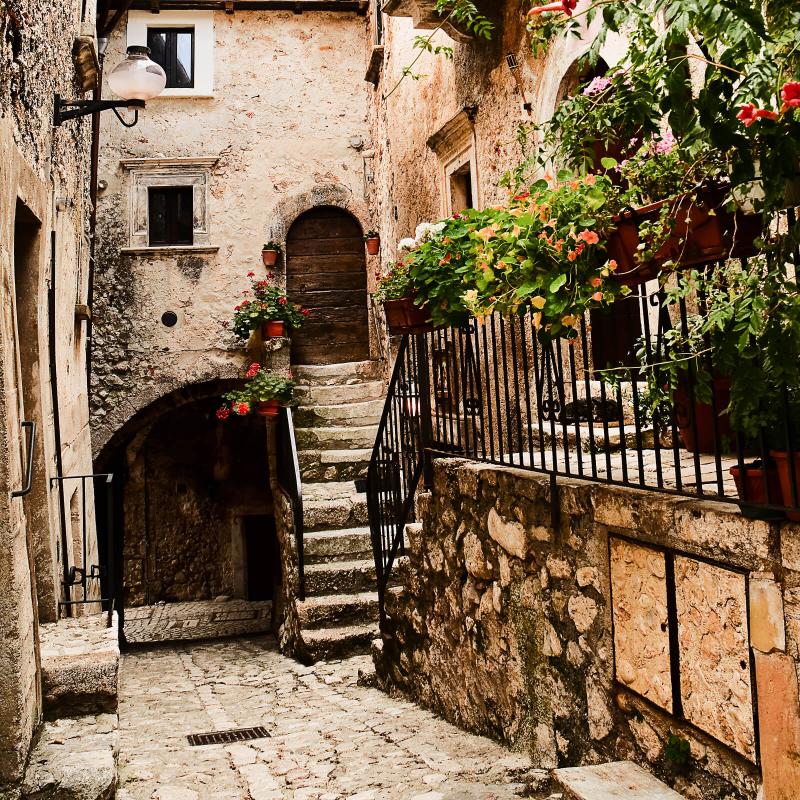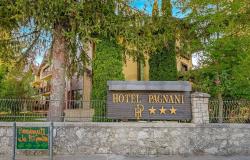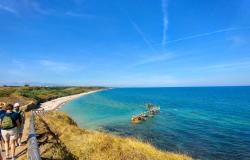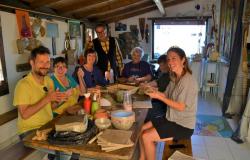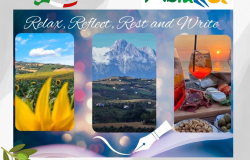Like many villages in the Apennine mountains of Italy, Santo Stefano di Sessanio risked abandonment. It took the vision of an Italian-Swedish entrepreneur to save it from oblivion.
Twenty years ago, traveling on his motorbike, Daniele Kihlgren came upon this Abruzzese hilltop village in the Gran Sasso-Monti della Laga National Park and was mesmerized. At the time, only about 100 residents of the original 3,000 still lived there. Kihlgren bought a quarter of the houses and buildings and began restoring them, maintaining the architectural, historical and philological features (performing what is called a ‘conservative restoration’) and turning them into an ‘albergo diffuso’, or extended hotel. Thus, new jobs were created, and visitors started arriving; with the increasing tourism, new businesses opened, including craftsmanship shops, B&Bs, art galleries and restaurants, and now Santo Stefano di Sessanio, which is only a two-hour drive from Rome, has become a popular weekend trip or city break.
Strolling among the alleys, stone houses and ancient buildings of Santo Stefano di Sessanio feels like a trip back in time. Many structures in the village date from the 11th through the 15th centuries. The village has no actual defensive walls, however the houses are so close to each other, leaving no space between them, that they almost act like walls.
Unfortunately, two of Santo Stefano di Sessanio’s most precious monuments, the Medici Tower and the 17th-century Church of the Madonna del Lago, were heavily damaged during the 2009 L’Aquila earthquake. The Torre Medicea, a lookout cylindrical-shaped tower which takes its name from the powerful Florentine family who owned the borgo in the 1500s, collapsed, and is now being rebuilt. The church lost most of its front facade and suffered a major roof collapse.
The albergo diffuso itself, Sextantio, from the Roman name of the village, takes up 13 houses disseminated around the village’s streets and squares. Liqueurs, herbal teas, toiletries and linens are produced by the craft workshops that have reopened in the village. The hotel’s restaurant, like all others in Santo Stefano, makes use of the local products, which earned the village a recognition by the Slow Food movement for its sustainable agriculture, and especially for its gourmet lentils.
Many events are organized, especially in summer; they include ecological walks, tours focused on the rediscovery of ancient traditions, literary and artistic exhibitions, small concerts.
